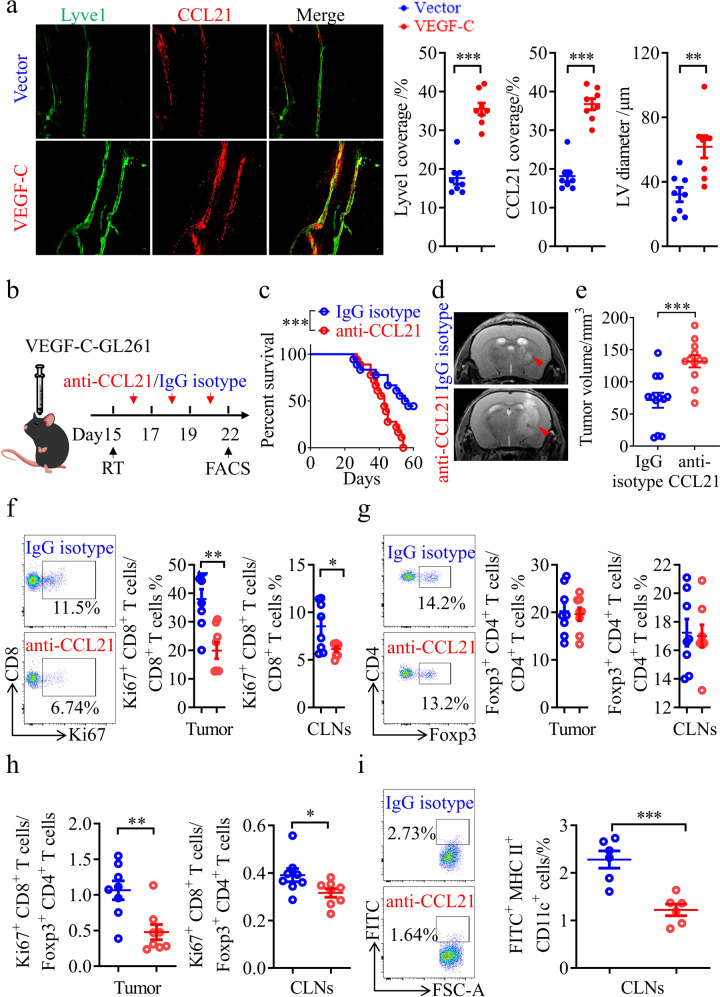Fig. 5. CCL21 blockade abolishes the RT efficiency and anti-tumor immunity enhanced by VEGF-C overexpression.
a Left panels, Lyve1 and CCL21 staining of MLVs in mice bearing vector-GL261 or VEGF-C-GL261 tumors in the striatum with RT. Right panels, quantification of the coverage percentage of Lyve1 or CCL21, and the LV diameter (n = 8). b Monitoring and treatment scheme. CCL21 was blocked on days 16, 18, and 20 after inoculation. c Survival of mice with striatal VEGF-C-GL261 tumor injection treated with RT in the presence or absence of anti-CCL21 antibody (n = 18). d Representative T2-weighted single brain slices from mice in IgG isotype or anti-CCL21 groups (triangles indicate tumors). e Tumor volume quantified from MRI images on day 22 after inoculation of mice from IgG isotype or anti-CCL21 groups (n = 12). f, g Representative flow cytometry plots of CD8+ Ki67+ T cells as percentages of the total CD8+ T cells (f), and CD4+ Foxp3+ T cells as percentages of the total CD4+ T cells (g) in CLNs (left) and quantification (right) in tumors and CLNs from IgG isotype or anti-CCL21 groups on day 22 after inoculation (n = 8). h Ratios of CD8+ Ki67+ T cells to CD4+ Foxp3+ T cells in tumors and CLNs from IgG isotype or anti-CCL21 groups (n = 8). i Left panel, representative flow cytometry dot plots of DC trafficking from GL261 tumors to CLNs of mice in IgG isotype or anti-CCL21 groups shown by the quantity of CD11c+ MHCII+ FITC+ cells in the CLNs 24 h after intratumoral injection of FITC-labeled latex beads. Right panel, quantification of FITC+ DCs as a fraction of all MHC II+ CD11c+ cells in the CLNs of mice from the IgG isotype or anti-CCL21 group (n = 6). Data are presented as means ± SEM. *P < 0.05, **P < 0.01, ***P < 0.001; log-rank (Mantel–Cox) test (b); Student’s t-test (a, c–i). Data are from at least three (a, c, f–i) or two (d, e) independent experiments.

